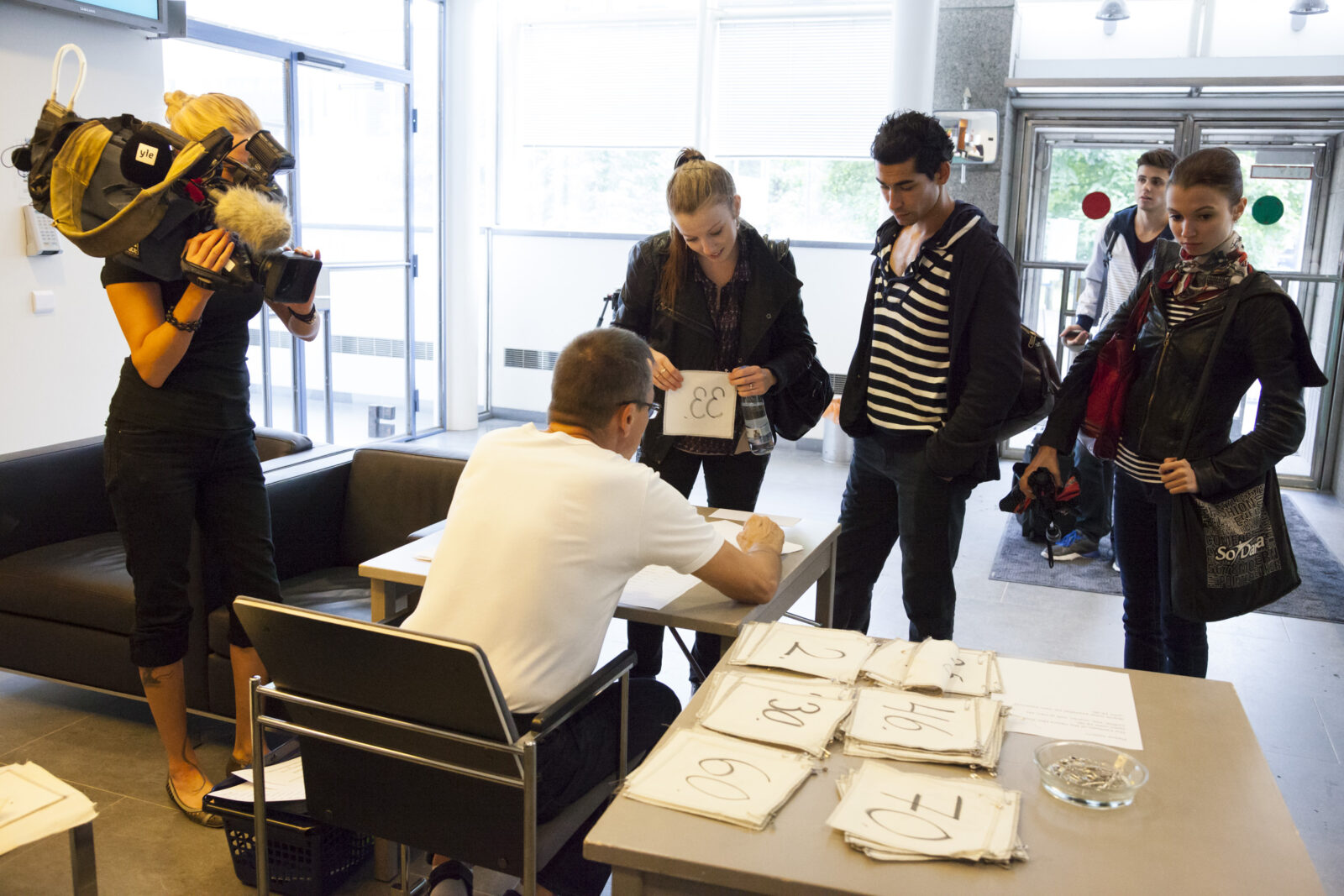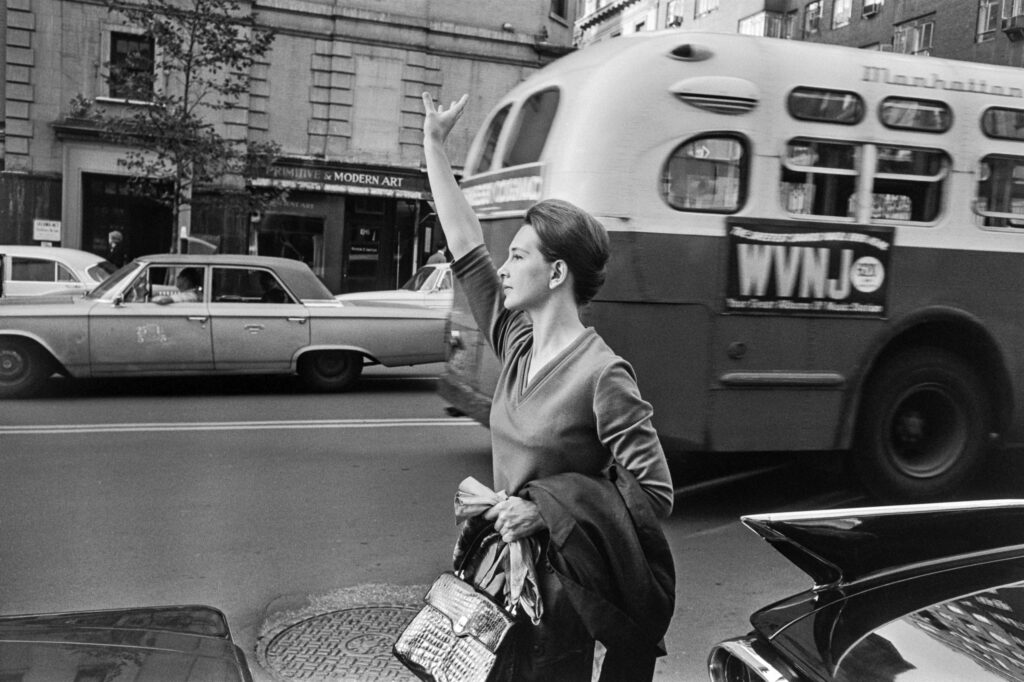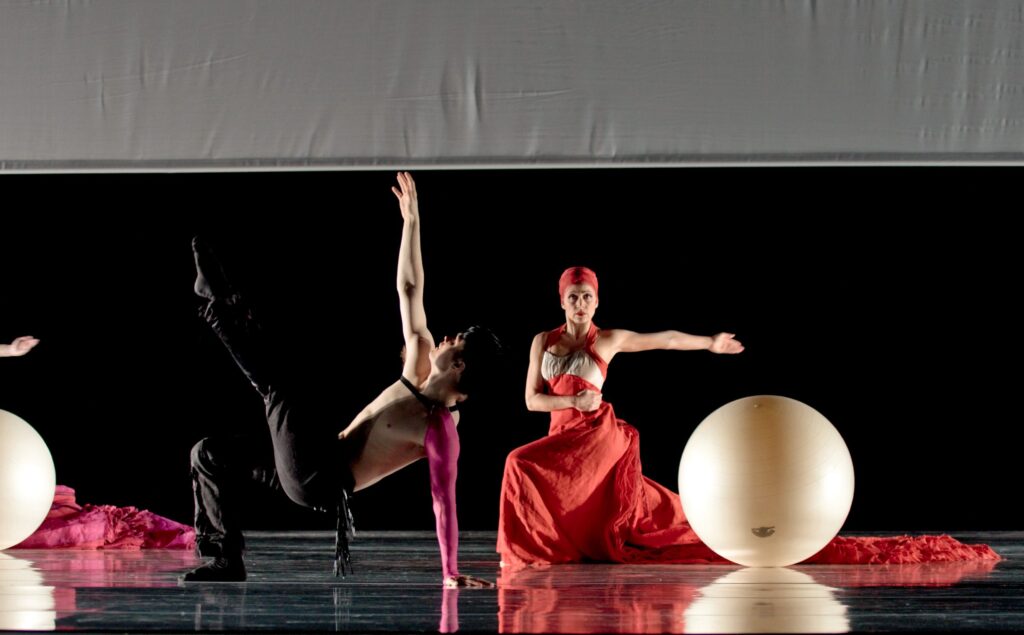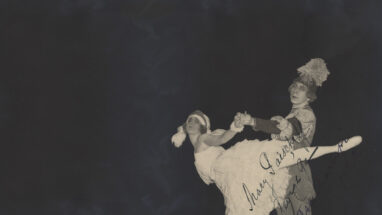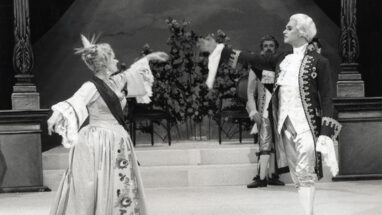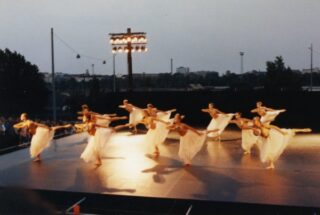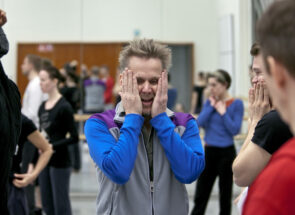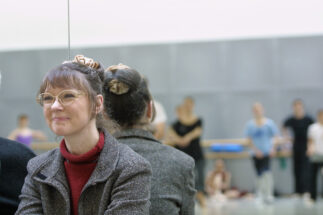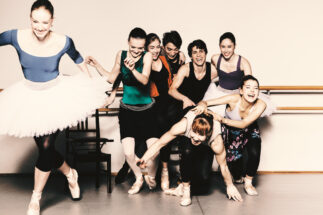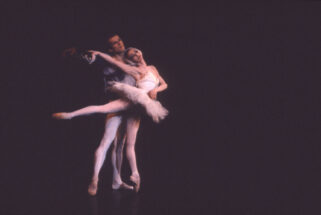The language of dance is universal, and from the very start the dancers of the Finnish National Ballet have been an international community independent of country borders and language barriers. A century ago most of the international dancers were Russian immigrants who had fled from the revolution. Ballet russes, a ballet troupe founded by the Russian impresario Sergei Diagilev in the early 20th century, showcased the thriving ballet arts of Russia in western Europe. Many Russian dancers and choreographers continued their careers in the west after the revolution. In Helsinki, too, several ballet teachers had been professionally trained in Russia.
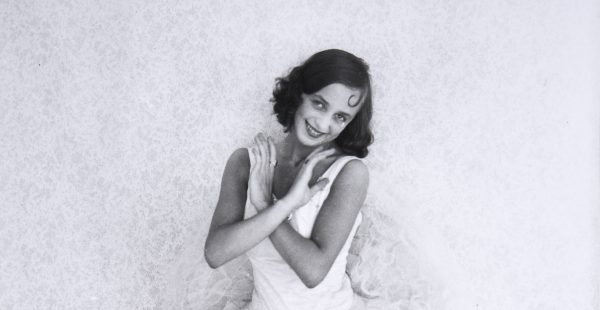
Finns take on the world
Even long after the wars, the vast majority of the dancers of the Finnish Opera Ballet were Finnish. Still, several foreign guest choreographers and dancers added an international touch to the institution, while Finnish dancers took on opportunities to perform on international stages, too. As early as in 1935, Finland’s brightest ballet stars Lucia Nifontova and Arvo Martikainen headed off to the Russian ballet of Monte Carlo, which continued in the tradition of Ballets russes. One of the very first Finnish ballet dancers, Margit Lilius, left for Paris around the same time, while the ballet master George Gé continued his career in Switzerland, Monaco, Sweden and beyond. During World War II, Kari Karnakoski followed the Russian ballet of Monte Carlo to the United States.
The trend of Finnish dancers leaving to go abroad meant the Finnish Opera was downright lacking in performers after the wars. Many dancers were tenured in Sweden, Switzerland, Italy and France, and the prominent soloist Eva Hemming found work at the revue of the Tivoli in Copenhagen. The Stora Teatern of Gothenburg employed several young dancers as soon as they were out of ballet school. One of these was the 16-year-old Taina Elg, who later moved on from Gothenburg to London and Monte Carlo. She gave up dancing after an injury at the age of 22 and soon signed her first contract as a Hollywood actress.
The Finnish National Ballet, which still operated at the old Alexander Theatre, stayed very Finnish for decades, though Finnish dancers kept leaving their home country. Sorella Englund, for example, joined the Royal Danish Ballet in 1966 after working just a couple of years in Finland, rising to a soloist and character artist rankings. Matti Tikkanen danced as a soloist and principal dancer at the Zurich Opera Ballet, Deutsche Oper am Rhein in Dusseldorf, and Houston Ballet from 1968 to 1977. Later on, international careers were built by Veli-Pekka Peltokallio and Mikko Nissinen, for example. The latter has held a director position at the Boston Ballet after finishing his dancing career.
Internationalisation begins
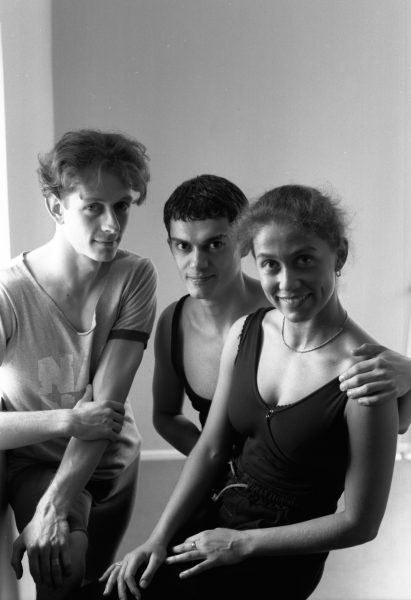
The international nature of the dance field started to show at the Finnish National Ballet in the final years at the old Opera House in the 1980s. As the ballet company grew after the move to the new premises in 1993, it also became more international. Portuguese Marilena Fontoura, Argentinian Francis Guardia, Turkish Özen Erdinc, Mexican Javier Torres, Italian Alberto Morino and Swedish Henrik Burman all enjoyed long careers at the Finnish National Ballet. Little by little, English became the official working language, as more and more dancers were non-Finnish and many visiting choreographers came from abroad.
The universal internationalisation of ballet companies and more and more dancers joining ballet troupes abroad eventually affected the Finnish National Ballet, too. “Dancers are today’s nomads who move continuously across country borders and make their living and gain their work experience at many different companies. The Finnish National Ballet, where one third of the dancers are foreign, is no exception even in the Nordic countries,” Auli Räsänen wrote in the Helsingin Sanomat newspaper in 2002. The share of foreign dancers rose to approximately half in the 2010s, partly due to international auditions. Currently around two thirds of the dancers come from abroad.
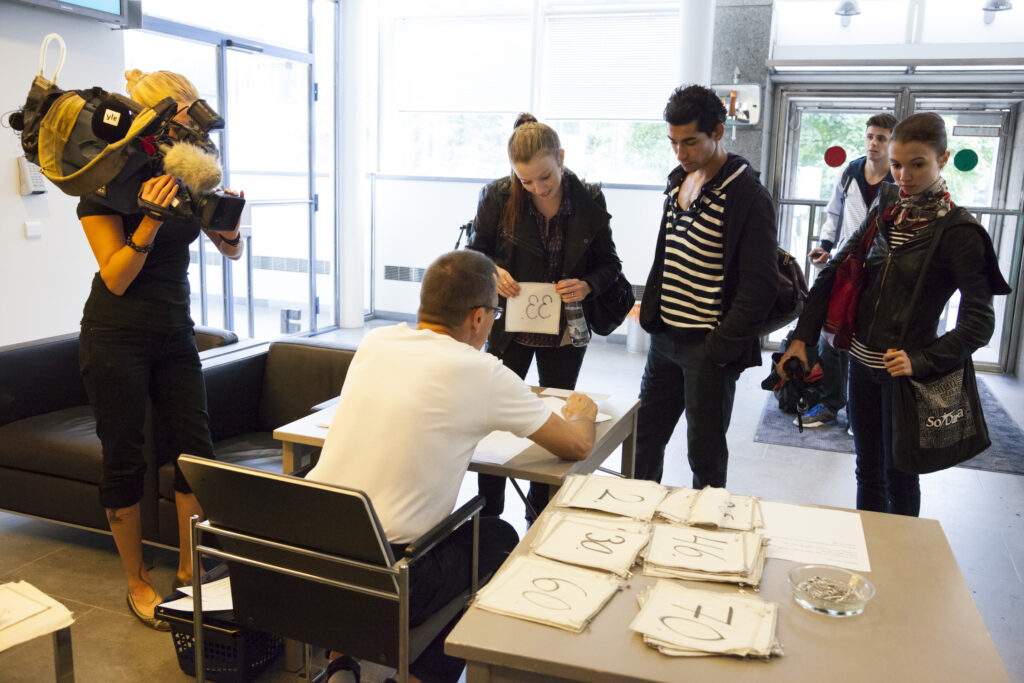
A National Ballet of 23 nationalities
Today, like most professional ballet companies, the Finnish National Ballet is highly international, with dancers of 23 nationalities. Most of the foreign dancers are European, including 13 Italians, 4 Czechs, and 3 each from France, Germany and Britain. Other continents are represented by 6 American, 5 Chinese and Japanese, and 3 Turkish dancers. Those from furthest away come from Ecuador and New Zealand.
On the other hand, many Finnish talents who started off at the Finnish National Ballet or its Ballet School now work at various ballet companies around the world. Maria Baranova, for instance, has danced as a soloist at the Boston Ballet and principal dancer at the Bavarian State Opera Ballet, Atte Kilpinen has worked as a soloist at the Hamburg Ballet, and Ida Viikinkoski has been employed as a soloist at the Paris Opera Ballet.
Text JUSSI ILTANEN
Photos THE ARCHIVES OF THE FINNISH NATIONAL OPERA AND BALLET (Kari Hakli, Mirka Kleemola, Roosa Oksaharju), MUSEOVIRASTO (Pietinen)
Literature
Laakkonen ym. (toim.): Se alkoi joutsenesta. Sata vuotta arkea ja unelmia Kansallisbaletissa (Karisto 2021)
Suomen Kansallisbaletti 75 vuotta (Suomen Kansallisbaletti 1997)
Other sources:
Helsingin Sanomat 22.3.2002
The archives Finnish National Opera and Ballet
The dancers of the Finnish National Ballet travelled to perform in South America in 1968. Video, Yle Areena. https://areena.yle.fi/1-61276102

